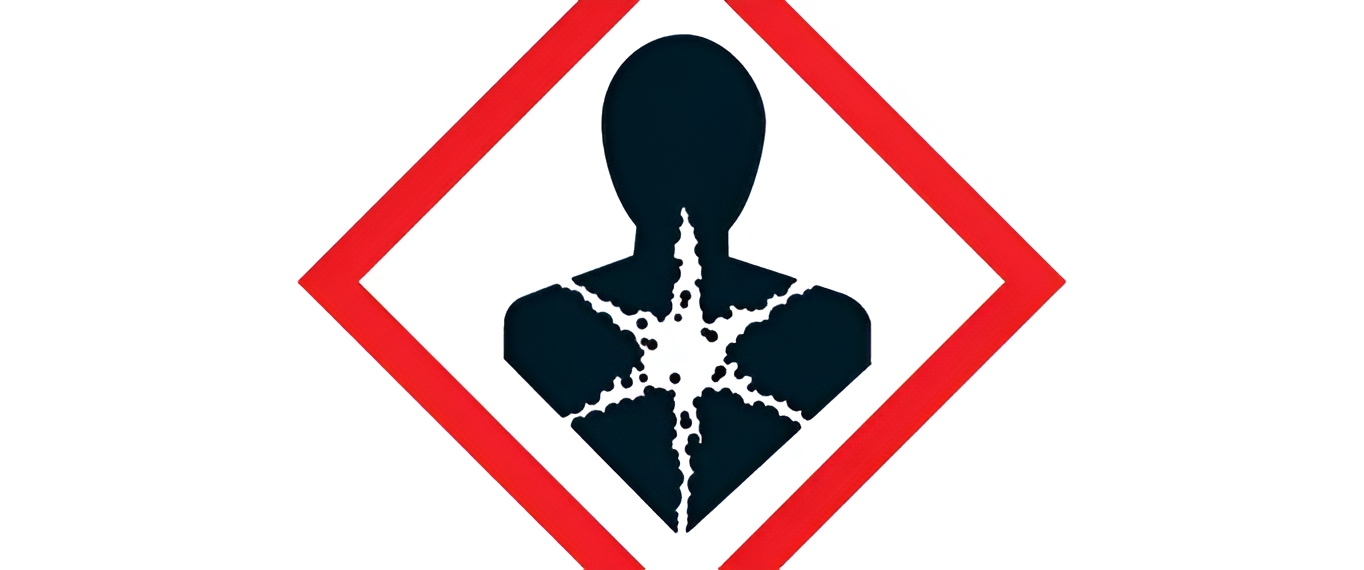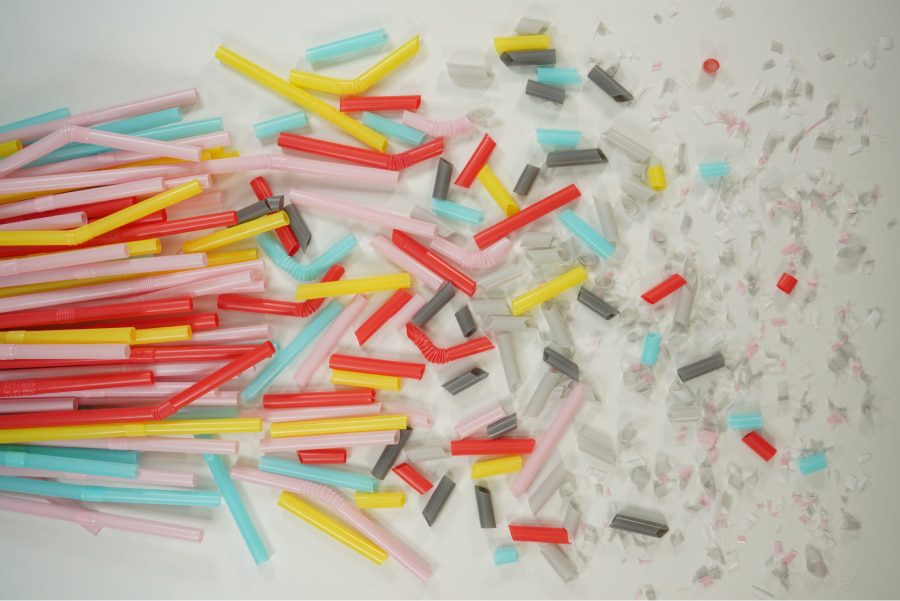Regulation (EC) No. 1223/2009 governs cosmetic products in the European Union and sets out the rules for their production, distribution, evaluation, and the monitoring of adverse effects. Its purpose is to ensure a high level of protection for human health.
A cosmetic product is defined as any substance or mixture intended to be applied to the external parts of the human body—such as the epidermis, hair system and hair, nails, lips, and external genital organs—or to the teeth and the mucous membranes of the mouth, with the sole or predominant purpose of cleaning them, perfuming them, changing their appearance, protecting them, keeping them in good condition, or correcting body odours.
Any substance or mixture intended to be ingested, inhaled, injected, or implanted into the human body is not considered a cosmetic product.
The annexes to Regulation (EC) No. 1223/2009 on cosmetic products provide specific details and guidelines for the application of its main provisions.
Here is a quick summary:
Annex I: Cosmetic Product Safety Report
Annex I of the Cosmetic Products Regulation (EC) No. 1223/2009 sets out the requirements for the Product Information File, and in particular details the structure of the Cosmetic Product Safety Report (CPSR).
The Toxicological Evaluation of Raw Materials is also essential to ensure the safety of the cosmetic product before it is placed on the market.
Structure of Annex I
Annex I is divided into two main parts:
1. Part A: Product Safety Information
– Qualitative and quantitative composition: Describes the ingredients of the product, their concentration and the function of each ingredient.
– Physicochemical properties and stability of the cosmetic product: Includes data on the physical and chemical characteristics of the product and its stability over time.
– Microbiological quality: Provides information on the level of microbiological contamination of the product and the storage tests carried out.
– Impurities, traces, information on the packaging material: Detail the presence of any impurities and traces, and describe the packaging material used.
– Normal and reasonably Foreseeable Use: Describes how the product is to be used.
– Exposure to the cosmetic product: Estimate the amount of product applied and the frequency of use.
– Exposure to substances: Assess exposure to the product’s ingredients.
– Toxicology of substances: Provides a toxicological evaluation of ingredients, based on scientific data.
– Undesirable effects and serious undesirable effects: Report any known adverse effects of the product.
– Information on other tests: Includes other tests relevant to the safety of the product.
2. Part B: Safety Assessment
– Safety Assessment Conclusions: Provides a conclusion about the safety of the product for its intended use.
– Warnings and operating instructions: Indicates any warnings necessary to ensure safe use of the product.
– Rationales: Explains the criteria used for the safety assessment.
– Safety Assessor Assessment: Includes the details and qualifications of the person responsible for the safety assessment.
– Safety assessor approval: The assessor’s signature and declaration certifying the safety of the product.
This annex is essential to ensure that cosmetic products placed on the market are safe for consumers and meet the legal requirements of the European Union.
Annex II: List of Substances Prohibited in Cosmetic Products

Annex II of the Regulation (EC) No. 1223/2009 on cosmetic products lists the substances prohibited in cosmetic products within the European Union.
This annex is essential to ensure that cosmetic products do not contain ingredients that could be harmful to the health of consumers.
Structure and Content of the Annex
Annex II consists of a numbered list of specific substances, which may not be used in any cosmetic product.
Each item in the list contains:
– Name of the substance: The chemical name or common name of the substance.
– CAS Number: A unique number assigned by the Chemical Abstracts Service (CAS), which identifies the chemical.
– EC number: A number that identifies the substance in the European Inventory of Existing Commercial Chemicals (EINECS) or the European Register of Notified Chemicals (ELINCS).
Examples of Banned Substances
The list contains a wide range of substances, including:
– Carcinogenic, mutagenic or toxic substances for reproduction See our article on CMR substances for more detail.
– Heavy metals such as lead and mercury.
– Hazardous chemicals such as formaldehyde and some organic solvents.
Importance of Annex II
The inclusion of a substance in Annex II indicates that it has been recognised as hazardous to human health, and its use is strictly prohibited in any cosmetic product sold within the EU. This annex is regularly updated to reflect new scientific knowledge and risk assessments.
Cosmetic manufacturers are required to ensure that none of the substances listed in Annex II are used in the formulation of their products. Failure to comply with this requirement results in non-compliance with European regulations, which may lead to product recalls and penalties.
The list of substances prohibited in Annex II is periodically updated based on new scientific findings and risk assessments conducted by the relevant authorities, including the Scientific Committee on Consumer Safety (SCCS).
For further information, refer to our Guide to the Scientific Committee on Consumer Safety (SCCS).
Annex III: Substances Restricted in Cosmetic Products Under Specific Conditions
Annex III of Regulation (EC) No. 1223/2009 on cosmetic products outlines the list of substances that are permitted for use in cosmetic products within the European Union, but only under strict limitations.
Unlike the substances listed in Annex II, which are entirely prohibited, these substances may be used provided they comply with defined restrictions regarding concentration levels, conditions of use, and, in some cases, mandatory labelling requirements.
Content of Annex III
Annex III includes the following information for each substance:
– Name of the substance: The substance is identified by the chemical name or common name.
– CAS number and CE number: These numbers uniquely identify the chemical.
– Restrictions: The maximum allowable concentration of the substance in the final product is specified.
– Conditions of use: The specific conditions under which the substance can be used are outlined, for example, in what types of products it is allowed or if there are restrictions on use for certain categories of consumers (such as children).
– Mandatory warnings and indications on the label: When necessary, Annex III establishes that the label of the cosmetic product must include warnings or special instructions related to the safety of the use of the substance.
Examples of restrictions
Some common restrictions that can be found in Annex III include:
– Concentration limitations: Some substances can only be used up to a certain concentration. For example, preservatives, which can be limited to avoid skin irritation or sensitization.
– Specific conditions of use: Certain dyes, UV filters or preservatives may only be authorised in particular types of products (e.g. only in rinse-off products).
– Labelling requirements: In some cases, it is mandatory to indicate the presence of a certain substance on the label to warn consumers of possible risks (e.g. warnings for substances that may cause allergies).
Importance of Annex III
Annex III is essential for cosmetics manufacturers, as they must comply with these restrictions to ensure that their products comply with European legislation and are safe for consumers.
The restrictions are based on risk assessments carried out by scientific experts and aim to prevent adverse effects on human health.
As with the other annexes, Annex III is updated periodically to reflect new scientific findings and regulatory changes, ensuring that regulation keeps pace with technological and scientific developments.
Annex IV: List Of Colours That May be Containied In Cosmetic Products

Annex IV of Regulation (EC) No. 1223/2009 on cosmetic products contains the list of colouring substances allowed in cosmetic products within the European Union.
Dyes are used to impart colour to cosmetic products or to colour the skin, hair, or nails of the consumer.
Content of Annex IV
Annex IV include:
– Substance Name or Designation: Identifies the dye by its chemical name, common name, or Color Index (CI) number.
– CAS number and EC number: Unique identification codes for the substance.
– Conditions of use and restrictions: Any limitations relating to the type of cosmetic product in which the dye can be used, the maximum permitted concentration, and other special conditions of use are specified.
– Note: Some dyes may have specific notes regarding use or additional restrictions, such as purity requirements.
Categories of Dyes
The dyes listed in Annex IV can be used in various types of cosmetic products, such as:
– Skin products: Creams, lotions, makeup, etc.
– Hair products: Dyes, color shampoos, etc.
– Nail products: Nail polishes, decorations, etc.
Restrictions and Special Conditions
Some dyes are subject to specific restrictions, such as:
– Maximum concentrations: Some dyes can only be used up to a certain concentration to avoid adverse health effects.
– Type of product: Certain dyes are allowed only in rinse-off products or in products not intended for contact with mucous membranes.
– Purity requirements: Some dyes must meet very high purity standards to avoid contamination with harmful substances.
Importance of Annex IV
Annex IV is essential for cosmetics manufacturers because it establishes which dyes can be legally used in products sold in the EU.
This ensures that cosmetic products are safe for consumers and comply with European legislation. Like the other annexes, Annex IV is updated regularly to reflect new scientific and technological knowledge.
Annex V: List of Preservatives Authorised in Cosmetic Products
Annex V of Regulation (EC) No. 1223/2009 on cosmetic products contains the list of preservatives allowed in cosmetic products within the European Union.
Preservatives are substances used to inhibit the growth of microorganisms in the cosmetic product, thereby extending its shelf life and ensuring that it remains safe to use throughout the storage period.
Content of Annex V
Annex V includes the following information for each preservative:
– Name or designation of the substance: The preservative is identified by the chemical name or a common name.
– CAS number and EC number: These codes uniquely identify the chemical.
– Conditions of use and restrictions: The limits of the concentration of the preservative in cosmetic products, the types of products in which it can be used, and any other restrictions are specified.
– Specific warnings: In some cases, specific warnings are required on the label to inform consumers of particular risks associated with the use of the preservative.
Examples of Terms of Use
Some preservatives included in Annex V may have restrictions such as:
– Maximum concentration: The regulation establishes the maximum concentration at which a preservative can be present in a cosmetic product.
– Limitations based on product type: Some preservatives may only be authorized in products intended for certain uses, such as rinse-off products.
– Labeling indications: For some preservatives, it is mandatory to indicate their presence on the label, especially if they may cause allergies or irritation.
Importance of Annex V
Annex V is crucial for the safety of cosmetic products because preservatives play a critical role in preventing microbiological contamination. However, because some preservatives can have side effects (such as skin sensitization or allergies), their use is strictly regulated.
Manufacturers must ensure that the preservatives used in their products comply with the conditions set out in this annex to ensure product safety and compliance.
Like the other annexes to the Cosmetics Regulation, Annex V is updated regularly to include new substances, amend existing restrictions or eliminate preservatives that are no longer considered safe based on the latest scientific evidence.
Annex VI: List of UV Filters Authorised in Cosmetic Products
Annex VI of Regulation (EC) No. 1223/2009 on cosmetic products contains the list of UV filters allowed in cosmetic products within the European Union.
For more information see our article on Sunscreen product regulations in Europe. UV filters are substances used to protect the skin from ultraviolet (UV) radiation from the sun, helping to prevent damage such as sunburn, premature skin ageing, and skin cancer risk.
Content of Annex VI
Annex VI includes the following information for each UV filter:
– Substance name or designation: Identify the UV filter by chemical name or a common name.
– CAS number and EC number: These numbers uniquely identify the chemical.
– Conditions of use and restrictions: Specifies the maximum allowable concentration of the UV filter in cosmetic products and the specific conditions of use, such as the type of product in which it can be used.
– Notes: Some UV filters may have specific notes indicating particular requirements or additional restrictions.
Conditions and Restrictions
Some of the restrictions that can be imposed on UV filters include:
– Maximum concentration: The maximum percentage of the substance that can be present in the finished product.
– Product type: Some UV filters may only be authorized in products intended for specific uses, such as sunscreens or skin protection products.
– Label information: In some cases, you may be asked to indicate the presence of the UV filter on the packaging, especially if it may pose a health risk or if it requires special precautions for use.
Examples of UV Filters in Annex VI
Some examples of permissible UV filters include:
– Benzophenone-3 (Oxybenzone): A common UV filter, used in many sunscreen products. It has a maximum authorized concentration that must be respected.
– Titanium Dioxide: A widely used physical UV filter, authorized in different forms (e.g., nano and non-nano) and with specific conditions of use. For further information on nanomaterials, refer to our article on Nanomaterials in cosmetics.
Importance of Annex VI
Annex VI plays a vital role in ensuring that UV filters used in cosmetic products are safe for consumers. These filters must effectively protect the skin from UV radiation while avoiding any harmful effects.
Restrictions on concentration levels and conditions of use are in place to maintain a balance between effective sun protection and consumer safety.
Annex VI is updated periodically to reflect new scientific and technological findings, ensuring that cosmetic products containing UV filters remain safe and effective.
Annex VII: Symbols Used on the Packaging/Container
Annex VII specifies the graphic symbols that can be used on the packaging of cosmetic products to provide information to consumers.
Among these symbols, the most relevant include:
1. Period After Opening (PAO) symbol: Indicates the period within which the product must be used after opening, expressed in months.
2. Hourglass Symbol: Used to indicate the expiration date of the product, i.e., until the product is safe to use before opening.
3. Hand symbol on a book: Indicates that information about the product is on an enclosed leaflet or label.
These symbols are standardized to ensure universal understanding of essential information, regardless of the language spoken by the consumer.
For more information on labelling requirements, see our article on Product labelling of cosmetics in Europe.
Annex VIII: List of Validated Alternative Methods to Animal Testing

Contents of Annex VIII
Annex VIII of the regulation provides a list of alternative test methods officially recognised by the European Union, which may be used in place of animal testing to assess the safety of cosmetic products.
These alternative methods are validated and regarded as scientifically reliable for evaluating the safety of both ingredients and finished cosmetic products.
The purpose of this annex is to encourage and support the use of non-animal testing methods, in accordance with the EU-wide ban on animal testing for cosmetics. It reflects the European Union’s commitment to animal welfare and the advancement of more ethical and innovative testing technologies.
Navigating Cosmetic Regulations With Expert Support
Ultimately, the numerous annexes and accessory provisions of the Cosmetic Regulation make it a complex framework, best understood and applied by those with in-depth knowledge of the subject.
At Taobè, we stay continually up to date with the latest developments. Contact us for expert advice on ensuring your product remains fully compliant.



